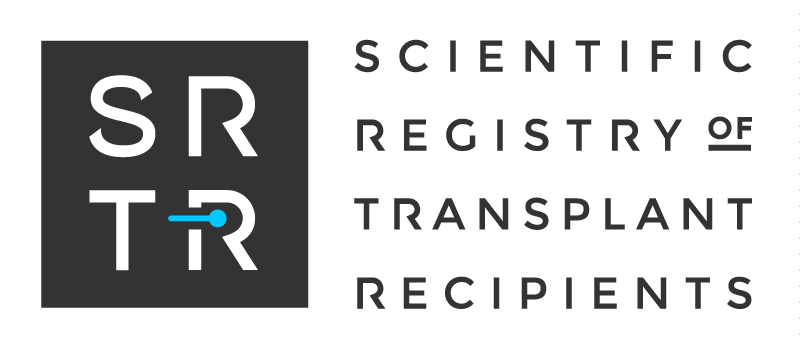SRTR Simulation Analysis
About the Simulated Allocation Models
Simulation analysis can be a useful tool in the context of organ allocation. SRTR has developed a flexible simulation software called OASim. This page gives information on SRTR simulation methodology and OASim software, as well as results from specific SRTR simulation studies.
Background and Methods
- Details and background information about simulation in the context of organ allocation, as well as SRTR methodology for simulation analysis, can be found here: Background and Methodology in Simulation Analysis: OASim.
- SRTR’s method for calculating adjusted rates in the context of organ allocation simulation can be found here: Time-to-Event Rate Calculations in Simulation Analysis: OASim.
OASim
- OASim is available for use by researchers through a data use agreement (DUA). Please contact us for more information.
- Policy and model files are currently available for running kidney simulations (see below). Files for other organs will be made available in the future as they are developed and validated.
- For more details, see the OASim user documentation (distributed with software when requested).
SRTR Simulation Analysis Results
SRTR follows a research question–based paradigm for simulation study design, where all simulation submodels are evaluated in relation to the overall research questions. The principles of this paradigm are outlined in this solicited editorial: Principles for simulating the organ allocation system. This paradigm is described in the context of a data request from an organ-specific Organ Procurement and Transplantation Network committee here: SRTR Simulation Study Process Overview.
Below are analysis reports for SRTR simulation studies that have been performed using the research question–based paradigm:
